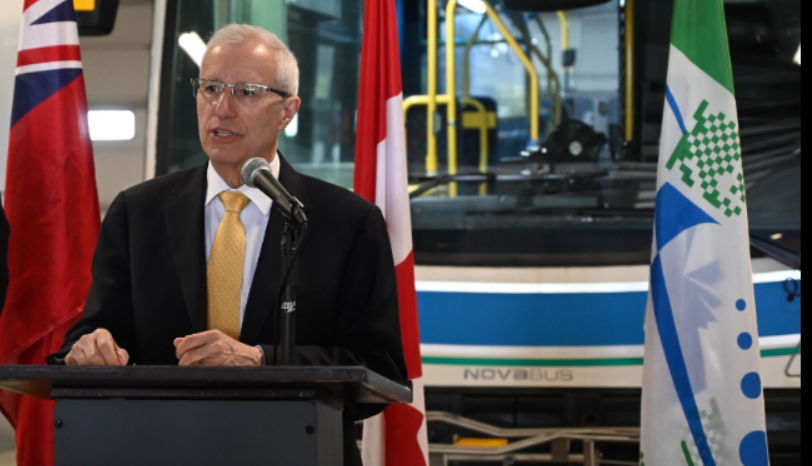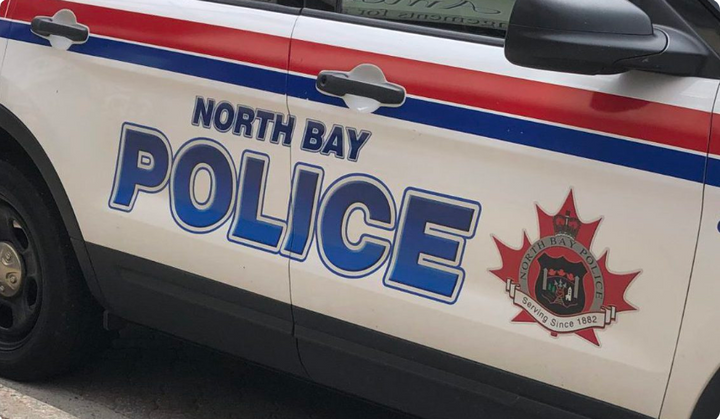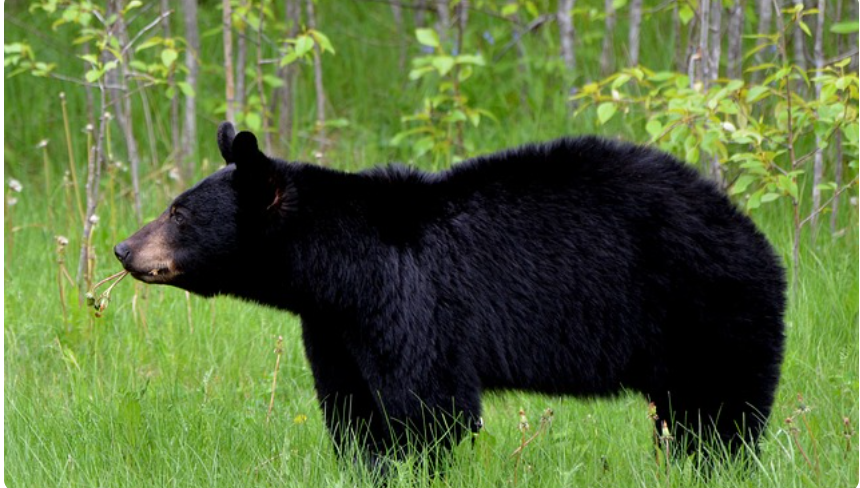Pigeons in the Royal Canadian Air Force
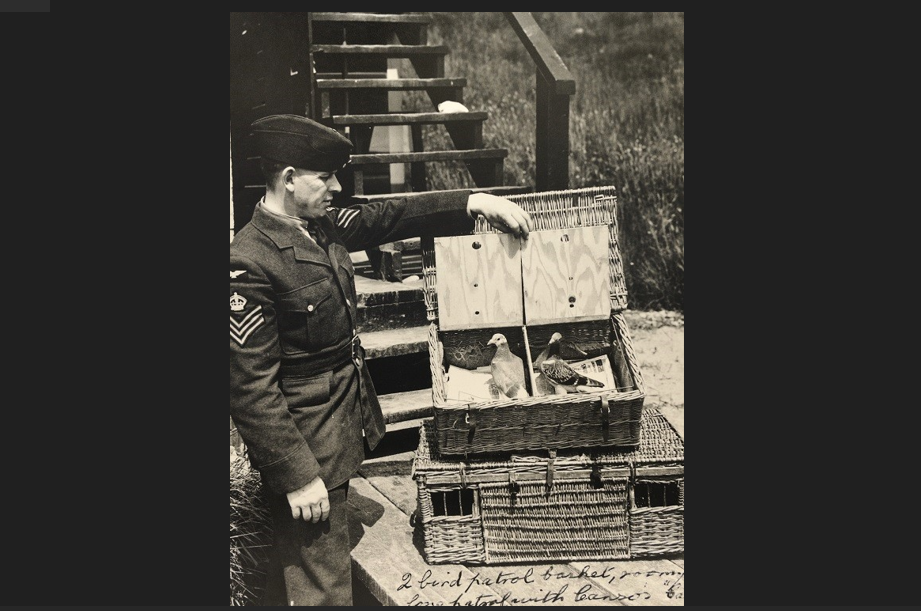
Weekly Column by Chris Charland
The Early Days
The use of the pigeon by Canada’s air force dates back as far as 1922. These birds were used as a means of communicating from the dense boreal forests and far northern reaches of the country while conducting forestry patrols and photographic surveys. Their importance led to expanded use by the Royal Canadian Air Force. By 1929, 15 pigeon-loft men were responsible for looking after 9 lofts.
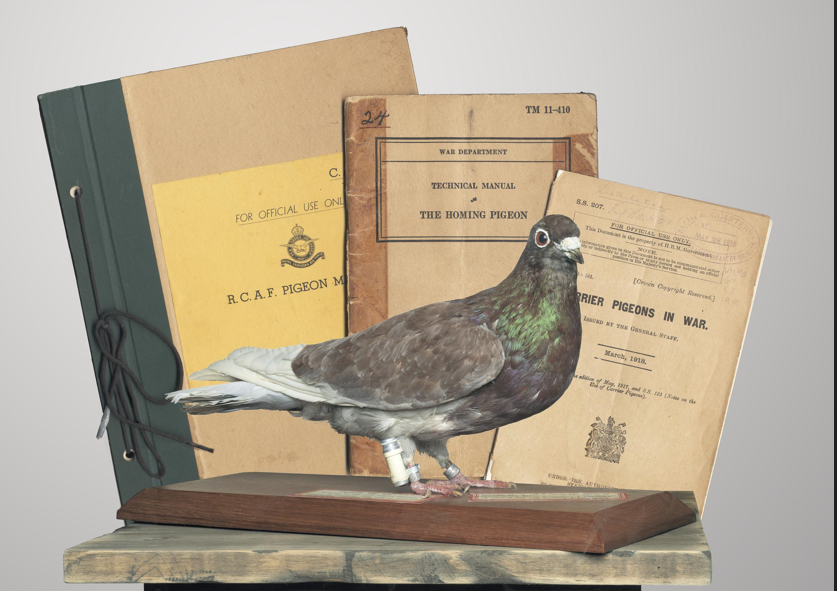
Pigeons Go To War
The pigeon’s wartime contribution to the R.C.A.F. would be a significant one. When Canada declared war against the Axis powers (Germany and Italy), a recommendation was put forward for the immediate expansion of the pigeon service. As the war carried on, the pigeon service grew. As of March 1944, the strength had seen an increase to 30 lofts. They were divided into 14 on the West Coast and 16 on the East Coast. The R.C.A.F personnel establishment was one officer and 102 airmen.
Winged Messengers
During the Second World War, two pigeons were carried in separate waterproof carriers aboard each aircraft that operated over the ocean. In the event of an emergency situation that saw the aircraft ditching (landing on the water) or on landing in a barren area, the wireless operator (radio operator) would send out an S.O.S. by Morse code. It was more advantageous if the S.O.S. could be sent while still airborne. If the radio was U/S (unserviceable) and there was time, one bird was released with a message explaining the situation and a latitude and longitude of their last known position. All crew took special training in the release method of the pigeons while in flight. The last thing you wanted to have happen is a pigeon striking the aircraft immediately after release. It would be a messy situation.
If the wireless operator did manage to send out an S.O.S. then the pigeons were kept onboard the aircraft until the aircraft landed on the water. The crew would take the pigeons into the dinghy (inflatable life raft) and subsequently release them where they could direct rescuers to their location. The same thing applied if they crash-landed. The pigeons would be released from the carriers and hopefully fly back to their lofts where a rescue would be immediately started.
Final Flight
With the cessation of hostilities in August 1945, the days of the pigeons in ‘blue’ were numbered. The R.C.A.F.’s unique pigeon service was officially disbanded in May 1946. So the question arises what do you do with clapped out pigeons? Here's a tasty answer to your winged dilemma.
Pigeon Pie
Ingredients
Serves 5 - 6
5 fl oz (150 ml) red wine
2 tab!espoons (30 ml) port
6 juniper berries, crushed
2 tablespoons (30 ml) vegetabie oil
4 pigeons
1 oz (25 g) butter
1 tbsp (15 ml) vegetabie oil
1 onion, finely chopped
4 rashers streaky bacon, rinds removed, chopped
12 oz (350 g) . steak, trimmed and cut into 1 inch (2.5 cm) cubes
6 oz (175 g) flat mushrooms, thickly sliced
few sprigs of parsley, chopped
1/2 tsp dried thyme
12 oz (350 g) shortcrust pastry
Method
1. Mix together wine, port, juniper berries and oil for the marinade and season with freshly ground black pepper. Remove breasts from the pigeons and cut into large pieces. Put into a non-metallic dish, pour over the marinade, cover. Leave in fridge overnight.
2 Melt the butter and oil in a frying pan, add the onion and bacon and fry gently for 5 minutes. Remove with a slotted spoon, reserve.
3. Remove pigeon from the marinade, drain. Reserve marinade. Increase heat and fry the pigeon and the steak in batches, sealing on all sides.
4. Put the pigeon, steak, onion and bacon into a 2 pint (1.25 litre) pie dish and top with the mushrooms. Sprinkle with herbs, pour over the reserved marinade.
5. Roll out the pastry to 1/4 inch (5 mm) thick, put a pie funnel into the dish. Cut a 1/2 inch (1 cm) strip of pastry and place around the edge of the dish. Brush with water and top with the remaining pastry. Use the pastry trimmings to decorate the top of the pie.
6. Bake at Mark 4 (180°C) 350°F for 20 minutes, then reduce the heat to Mark 2 (150°C) 300°F and cook for a further 1 1/2 hours. Cover the pastry with foil if it browns too much during cooking.
"Bon apetit"
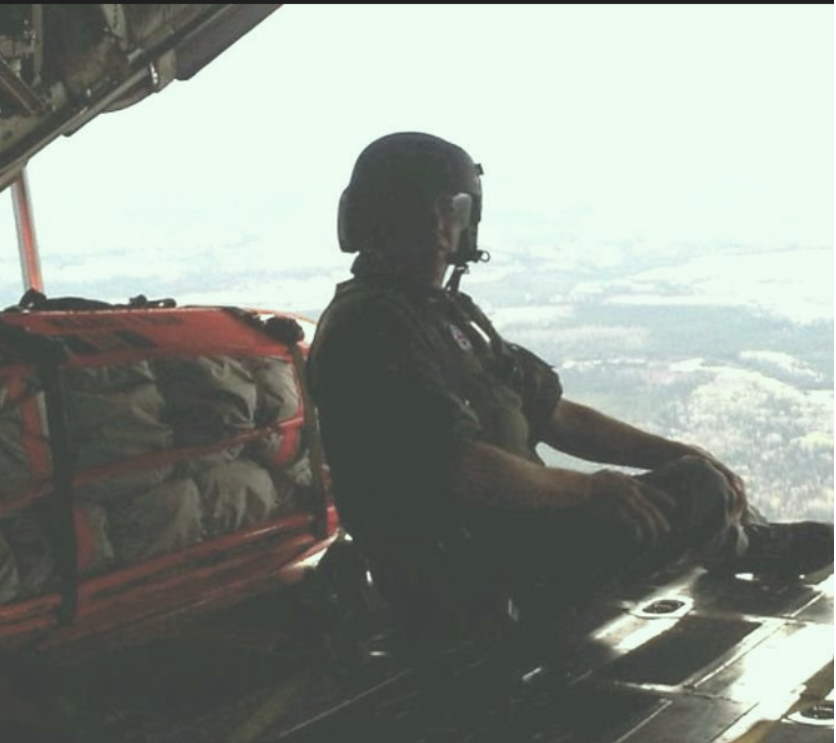
BIO
Chris Charland is a former member of the Canadian military. On June of 1991, he began writing as a military affairs journalist with CFB North Bay's newspaper "The Shield". Since then, Chris has done a wide variety of writing and became a published author in 1997. He has written and contributed to over 20 books related to air force history and civilian aviation. Chris is an Associate RCAF Historian. He is also a licensed pilot and amateur radio operator. Some of his time is also taken up with North Bay Air Search and Rescue.

